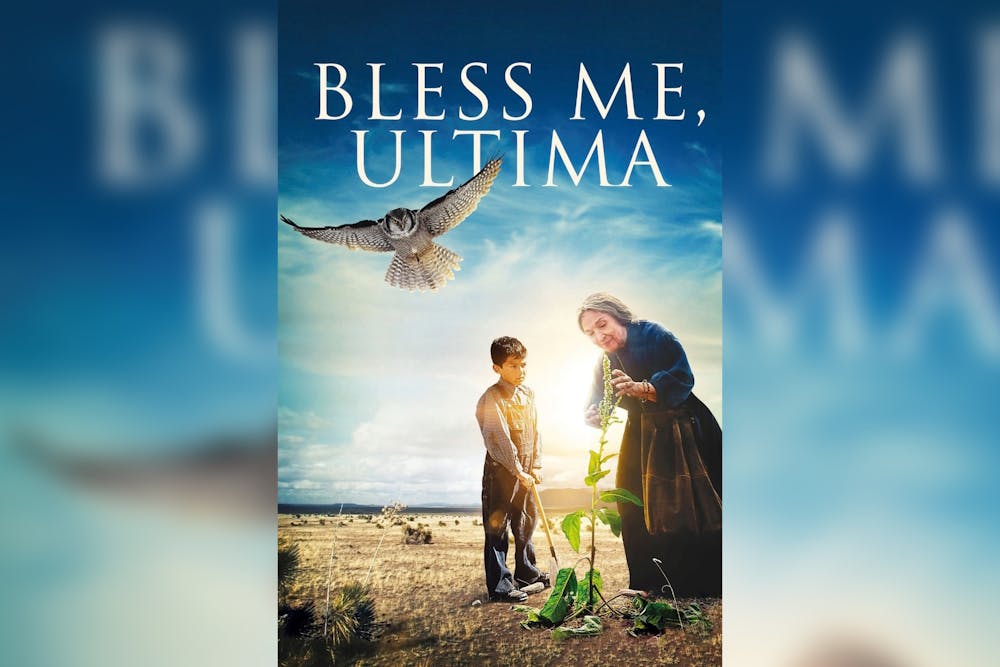51 years ago, Rudolfo Anaya’s most famous book, “Bless Me, Ultima,” was published. For the first time, many people saw themselves represented in a literary form. Anaya celebrates the complexities of Chicanx identity as well as the New Mexican experience in a way that has not been done on a broad scale before.
The National Hispanic Cultural Center has partnered with the University of New Mexico’s English department for the past two years in September to screen the 2012 film adaptation for the past two years in honor of Hispanic Heritage Month, according to associate UNM English professor, Melina Vizcaíno-Alemán.
“The Rudolfo and Patricia Anaya Lecture on literature in the Southwest opens doors to the exciting collaborations taking place across UNM, the NHCC, campuses and communities,” Vizcaíno-Alemán said.
Poet Laureate is an annual three-year position awarded to a storyteller by the New Mexico State Library to support literature. This year, Levi Romero, Poet Laureate of 2020, delivered a reading of an essay about his relationship with Anaya, as well as the impact that “Bless Me, Ultima” has had on the identities of Chicanx people, bilingual people and storytellers across the world.
“Since its publication in 1972, 'Bless Me, Ultima' has inspired countless people across this country and around the globe – both young and old – to read, write and listen with a sincere appreciation for the cuentistas. "Those storytellers graced us with a special presence in our lives,” Romero said.
Romero uses the term storytellers instead of writers, poets or authors to embrace those who hail from storytelling or oral traditions, as Anaya did. Linguistic identity, Romero said, played a large role in the cultural connection with Anaya’s book.
“For native Spanish speakers, ('Bless Me, Ultima') was a hallmark of linguistic affirmation, written in our own language,” Romero said.
Reading “Bless Me, Ultima,” Romero said, was the first time he felt fully seen and included in what was widely considered literature.
Works that are considered to be literary canon often ignore people of marginalized identities. The representation provided by storytellers – like Anaya – includes people who have been left out of the traditional narrative.
“Anaya sought to capture the essence of what it is to be a person stepping between the thresholds of multiple worlds,” Romero said.
Marginalized identities and intersectionality – understanding how identities intersect and impact one another – are two ideas that connect to Anaya’s work. “Bless Me, Ultima” is about a young boy caught between two worlds, an experience that many readers feel drawn to. This is one of the greatest strengths present in Anaya’s writing, Romero said.
“(The) power of story and storytellers (is) to endure and to transcend, to bring people together as strangers and neighbors and hold the beauty that which flees from us in shyness of the light,” Romero said.
Get content from The Daily Lobo delivered to your inbox
Detroit Kallunki is a senior reporter with the Daily Lobo. They can be reached at culture@dailylobo.com or on Twitter @DailyLobo.
Detroit Kallunki is a senior reporter with the Daily Lobo.






